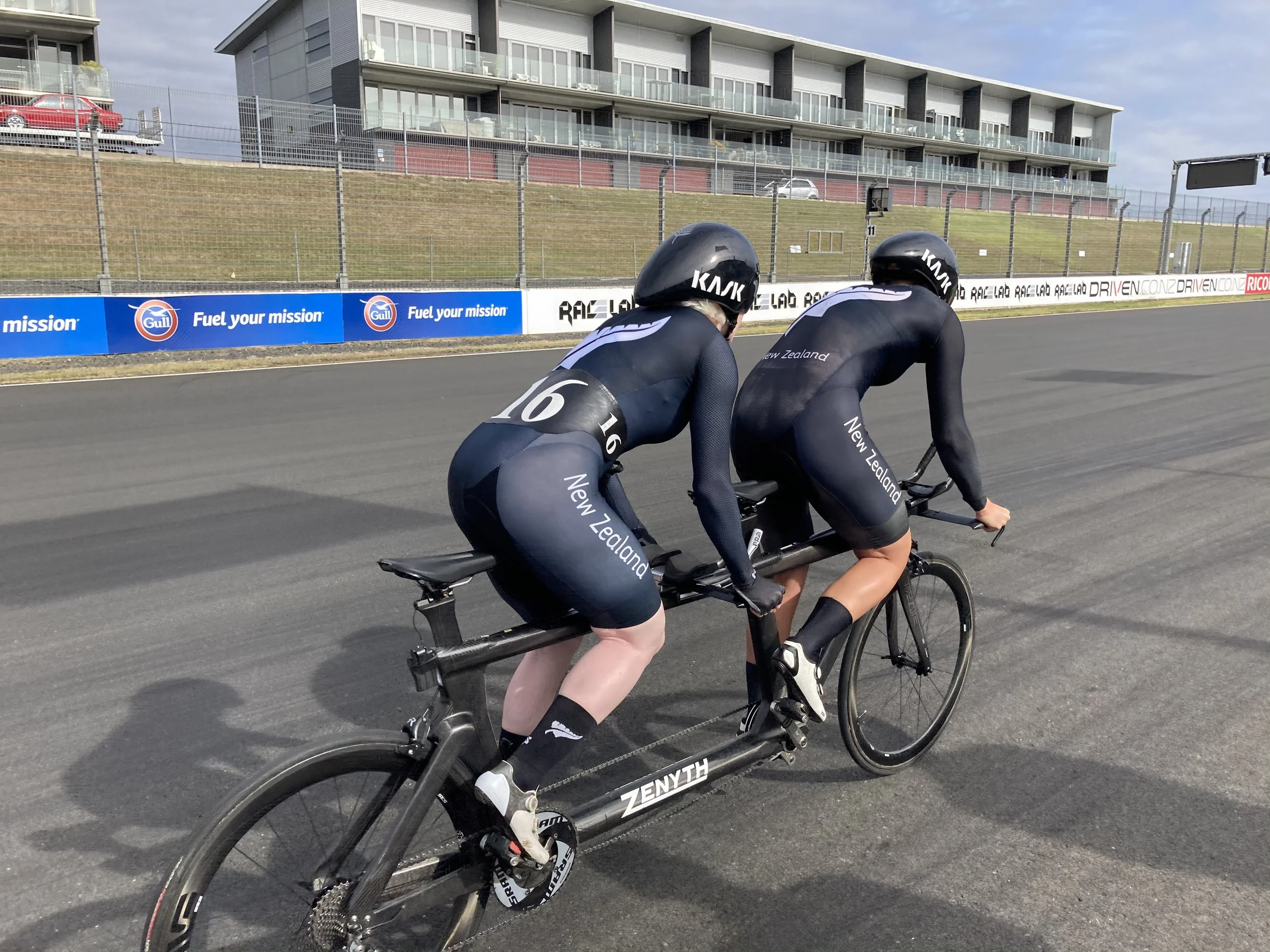All about classification:
Classification organises competition so athletes compete fairly with others.
Classification has two objectives:
• To determine Eligibility to Compete
• To group Athletes for Competition
Prior to competing in International Blind Sport Association (IBSA) sanctioned National, Continental or World Championships, Athletes must undergo Classification. In New Zealand you do not need to be classified for community or regional sport events, unless specified.
NZ National Sports Organisations (NSOs) are a key part of the process alongside support with Paralympics NZ for Para sports or Blind Sport NZ for non-para sport classification.
For para sports, please contact your NSO to obtain the Medical Diagnostic Form, as they manage the application process. Paralympics NZ can assist with NSO contact details via info@paralympics.org.nz.
For non-para Sport classification eligibility, please complete the below form with the required medical information. Both need to be less than 12 months old at the time of Athlete Evaluation. Submit them to GM@blindsport.kiwi and if eligibility is confirmed, a Provisional Sport Class will be assigned according to individual sport Classification rules or until an in-person Athlete Evaluation by a Classification Panel is conducted.
Each sport sets eligibility criteria based on the level of impairment. Generally, athletes with a vision impairment must have a condition in one or more of the following:
Impairment of the eye structure/receptors
Impairment of the optic nerve/optic pathways
Impairment of the visual cortex
The athlete must have an impairment in both eyes, measured using the best eye with the best vision, and must meet these minimum eligibility criteria:
Visual acuity is less than or equal to LogMAR 1.00 (6/60 vision) and/or
Visual field that is less than a diameter of 40 degrees (20 degree radius)
Types of classification and what to expect:
The athlete will need to submit a Medical Diagnostic Form filled out by a registered Ophthalmologist to your National Sport Organisation. The next step is to attend an in-person evaluation session by a classification panel. There can sometimes be a cost associated for booking appointments.
Provisional: Provisional classifications are temporary and valid until a national classification panel assesses the athlete. They are mainly used for national events without a classification panel present, or for new athletes to guide their eligibility for future Para-Sport classification.
National: A national classification is a sport-specific assessment done by a trained panel. It follows the same process used by the International Federation. National classification is usually available at national events where medals and records can be awarded.
International: All athletes at their first International Competition undergo and are required to get an International Classification.
Sports for athletes with a visual impairment category can have one or multiple classes:
B1 – Visual Acuity is poorer than LogMAR 2.60. May have some light perception but unable to see shape of hand at any distance
B2 – Visual Acuity ranges from LogMAR 1.50 to 2.60 inclusive; and/or a Visual Field that is constricted to a radius of 5 degrees. (up to 2/60 vision)
B3 – Visual Acuity ranges from LogMAR 1.40 to 1.0 inclusive; and/or a Visual Field constricted to a radius of 20 degrees, (2/60 to 6/60 vision)
NE – Visual Acuity less than LogMAR 1.0; and/or Visual Field greater than or equal to 40 degrees diameter

